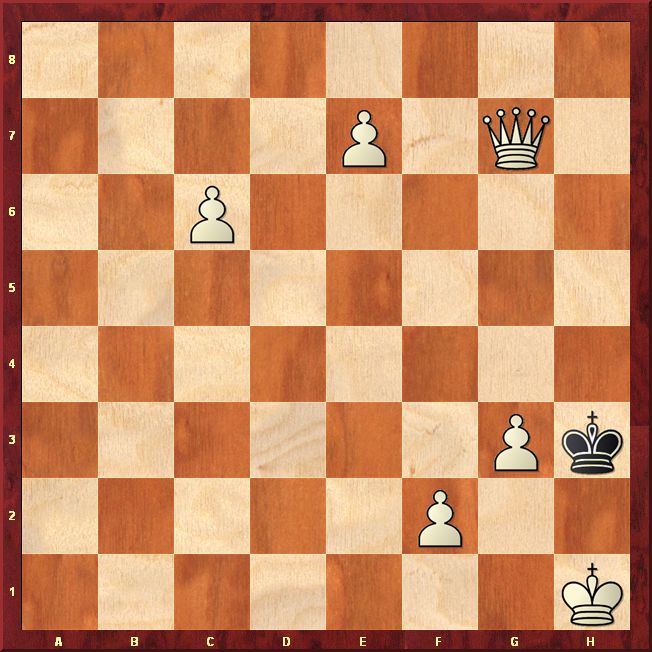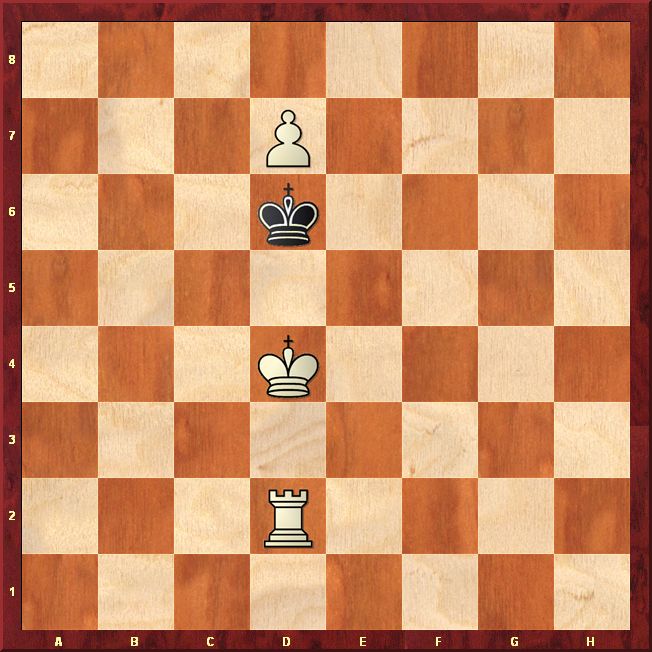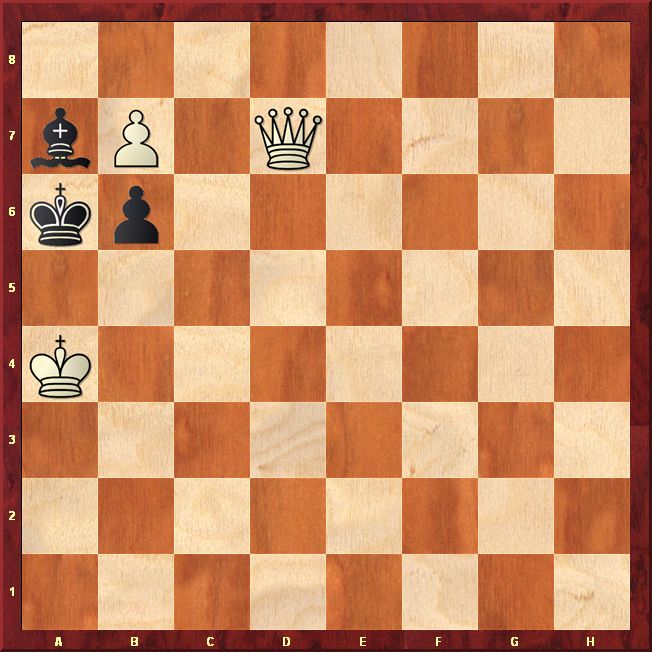Lubomir Kavalek
Chess Puzzles: French Aristocrat's Folly
The Huffington PostIn 1853, a French aristocrat, Barthelemy de Basterot (1800-1887) published in Paris Traite
elementaire du jeu des echecs (Elementary Treatise on the Rules of Chess), which included chapters on chess history and literature. Basterot was a strong player, but treated the essential rules rather loosely. For example on pawn promotion he wrote that any pawn reaching the eighth (or last) rank can be changed to any piece a player chooses. The player, he said, was only required to announce what piece it was.
No wonder he became the target of one of the most gifted chess composers, Leonid Kubbel, who created two problems based on Basterot's rules. Both two-movers are playful jokes and the clue lies in what Basterot's definition did not forbid. Here is the first one:
LEONID KUBBEL

WHITE MATES IN TWO MOVES
Kubbel was not the only one laughing at Basterot's foolishness. I have added a three-mover by the brilliant Czech problemist Emil Palkoska that fits the bill as well.
EMIL PALKOSKA

WHITE MATES IN THREE MOVES
Even some great modern chess writers like the Australian Cecil J.S. Purdy, the first world chess correspondence champion, can overlook some essentials. For example, in explaining the limitation to castling, he is silent about castling into a check. On pawn-promotion, he specifies that a pawn, on reaching the farthest row, can become a queen, rook, bishop, or knight, but not a King. What did he miss? The answer is hidden in Kubbel's second composition.
LEONID KUBBEL

Solutions to the puzzles appear next week.
No comments:
Post a Comment